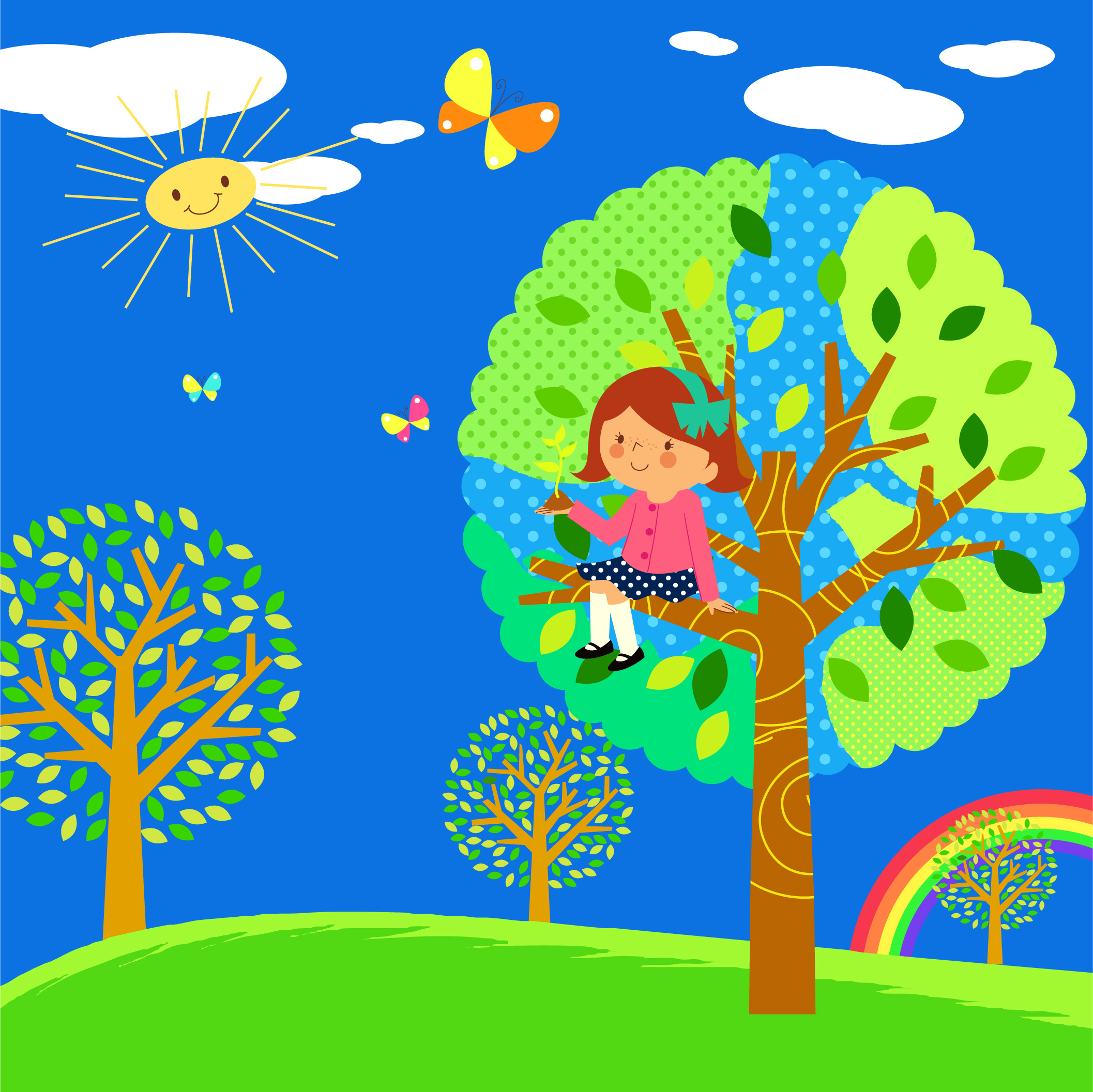Ladybugs are Helpful Little Critters
Climbing up a blade of grass, Susie the ladybug smells some tiny green insects with her antennae.
They’re aphids attacking a rosebush. She opens her red cape and flies to the rescue. Susie munches down the aphids that are squeezing the juices from the plants. She may eat 5,000 in her life cycle.
Little ladybugs like this one may have red, orange or yellow bodies with black spots. Ladybugs are beetles. They have two hard shells that protect their bodies and cover their back wings. They use these wings to fly, but they’re rather clumsy, so most of the time they use their feet to climb up plants.
Fascinating Facts:
- Ladybugs are so tiny – how do they protect themselves? They have hard shells and when an enemy tastes them they squirt a bitter tasting juice from their hind legs. Their attackers – such as frogs, spiders, dragonflies and birds, quickly spit them out!
- In the winter ladybugs have slumber parties. When the air gets cooler they store up a lot of fat in their bodies and they produce a chemical that keeps them from freezing. They like to find a cool spot behind a large rock and then they take a long winter snooze.
- One time in California ladybugs saved the orange groves from scale insects just like Superman. Orchard growers tried pesticides, but these didn’t work. Then millions of ladybugswere flown to California and they gobbled up this huge army of insects.
- Ladybugs have been helping people for 1,500 years. Farmers in the Middle Ages prayed to the Virgin Mary when insect pests began eating the grapes in their vineyards. After the ladybugs devoured all of the insects they named them, “Beetle of Our Lady” or “ladybug.”
- Do you know the rhyme, “Ladybug, Ladybug?” In England a long time ago ladybugs crawledon the vines after the harvest. The farmers set fire to these vines to get rid of them. They sang this rhyme so the ladybugs wouldn’t die.
- Ladybugs have even blasted away into outer space to help scientists! In 1999, NASA sent ladybugs and aphids up in the space shuttle to test how they responded to zero gravity.
Your Turn: How have you been kind to someone today?
Quote:
“No act of kindness, no matter how small is ever wasted”. Aesop
“No act of kindness, no matter how small is ever wasted”. Aesop
So in everything, do to others what you would have them do to you.
Matthew 7:12
Matthew 7:12
Ladybugs Are Special!
Ladybug, ladybug who are you?
I’m a little red bug with spots.
I’m a little red bug with spots.
It’s amazing what I do.
Ladybug, ladybug what do you do?
Ladybug, ladybug what do you do?
I munch little green bugs for lunch and that’s quite a few.
Ladybug, ladybug where do you fly?
I fly to rose gardens and orchards by and by.
Ladybug, ladybug how do you survive?
Taste me and see, I’m bitter, but I’m alive!
Ladybug, ladybug I’ll take you home with me. We’ll talk about your
good deeds then we’ll have some tea.
good deeds then we’ll have some tea.
Ladybug Quiz – What do you know about ladybygs?
- Why don’t birds eat ladybugs?
a. Ladybugs are too small for birds to see.
b. Birds like worms, not insects
c. Ladybugs squirt a bitter juice from their back legs. - How did ladybugs get their name?
a. They looked so dainty and cute people called them ladies.
b. People named them ladybugs because they were so helpful.
c. People in the Middle Ages were so thankful to them for saving their vineyards they named them after the Virgin Mary. - Where do ladybugs hibernate?
a. In Mexico
b. In the desert
c. In logs, on rocks, in the crevices of buildings. - What do the words mean “Ladybug, ladybug fly away home your house is on fire and your children all gone?”
a. Ladybugs should be careful and not go into burning houses.
b. A long time ago in England ladybugs crawled on the vines after the harvest.
c. The farmers set fire to the vines to get rid of them. They didn’t want the ladybugs to die so they sang this rhyme.
d. One of the ladybug children accidently lit their home on fire and the parents had
to race home to put it out. - How many aphids does a ladybug eat during its life cycle?
a. 10,000
b. 1,00
c. 5,000
Carol Bonney has worked in social services and education. During this time she wrote newspaper and newsletter articles. She has also written nature essays, a children’s book and poetry for publication. She has a degree in Sociology and a teaching certificate.






